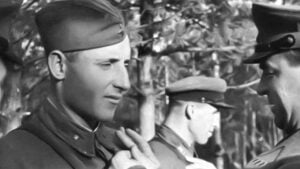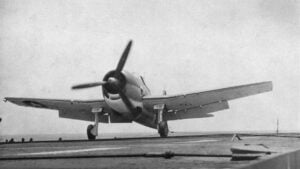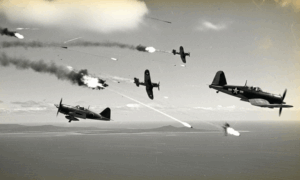This WWII Fighter Was Called “Slow and Clunky” by the Germans Yet Achieved the Highest Kill Count
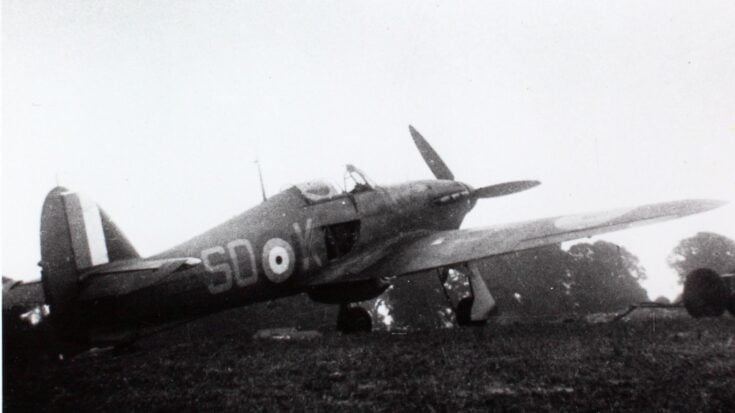
San Diego Air & Space Museum Archives, Public domain, via Wikimedia Commons
When people talk about famous British fighters of the Second World War, the Spitfire usually comes first. Its shape, speed, and long list of aces made it a symbol of resistance. But behind the legend was another aircraft, one that carried most of the real fighting and quietly shaped the outcome of the air war. This aircraft was the Hawker Hurricane, a machine often overlooked, misunderstood, or treated as a relic. Yet it became the fighter responsible for the highest number of destroyed enemy aircraft in the entire conflict. Its story shows how simple design, careful engineering, and steady performance can change the course of events.
A Fighter Mocked Before the Battle
When German pilots first saw the Hurricane, they dismissed it. They claimed it looked outdated and handled poorly compared to their Messerschmitt Bf 109. To them, the Hurricane appeared slow to roll and built for an earlier generation of air combat. Their view seemed reasonable at first glance. In the early 1930s, the Royal Air Force still relied on biplanes, and the Hurricane’s steel tube frame, fabric covering, and modest appearance did not signal a major leap forward. Designer Sydney Camm had created a modern monoplane, but he also kept the structure simple so factories could build it quickly and maintain it easily.
When the prototype flew in 1935, it lacked the smooth lines of the Spitfire. Even so, the Air Ministry approved it because it was reliable and did not demand complex production methods. Few realized that these qualities would soon matter more than appearance.

The RAF’s Essential Workhorse
By the start of the war in 1939, about 500 Hurricanes were in service, more than any other British fighter. It reached around 340 mph and carried eight Browning .303 machine guns, which gave it considerable firepower. German pilots still assumed their Bf 109s held every advantage, and early battles in France seemed to support their view, as British losses were high.
However, the Germans did not know how well the Hurricane could absorb damage. Ground crews often repaired a heavily hit aircraft within a single day. Its design allowed teams to patch fabric, replace panels, and send it back into the fight. This toughness became one of its most important traits.
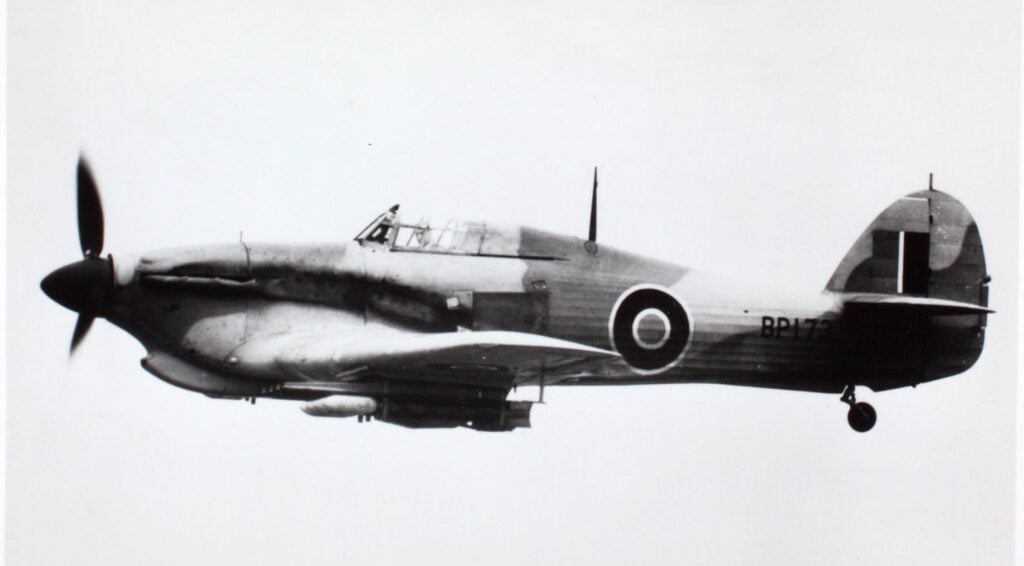
The Battle of Britain
When the Battle of Britain began in the summer of 1940, the Hurricane became the main defense of the country. Two out of three RAF fighters at the start of the campaign were Hurricanes. While the Spitfires engaged German fighters, Hurricanes went after the bombers—aircraft like the Heinkel, Dornier, and Junkers types. These attacks were dangerous and required steady aim at close range. Hurricanes returned with bullet holes, torn fabric, and damage across their wings and fuselage. But they returned.
By the end of the battle, Hurricanes had destroyed 1,593 enemy aircraft, nearly two-thirds of all German losses. No other fighter in the conflict matched this number during a single campaign.
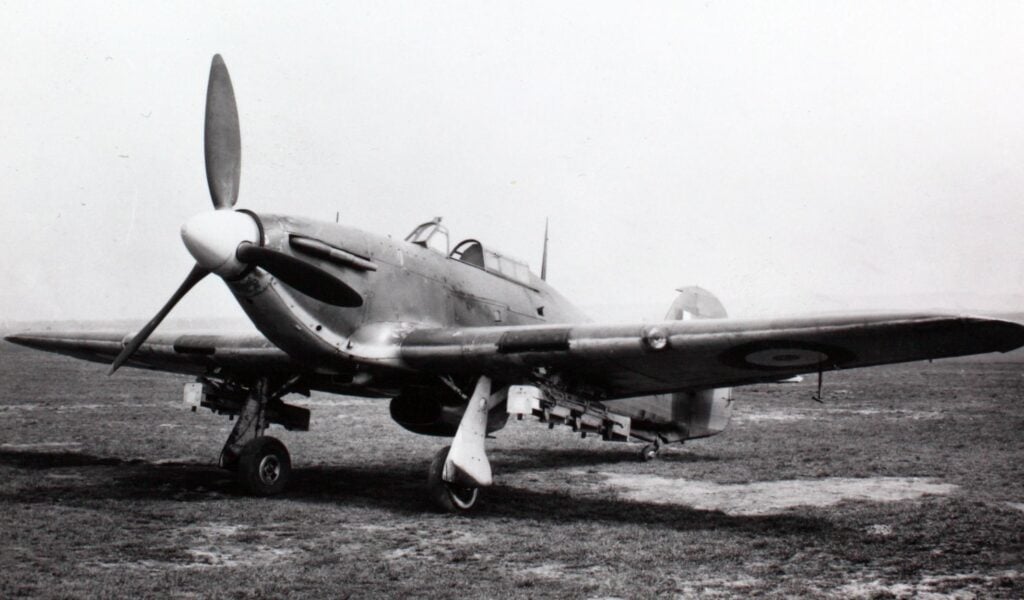
Strength Through Practical Design
The Hurricane’s value came from its dependable behavior. It could land on rough grass fields and remain stable while firing. Pilots said it felt natural to handle and forgave mistakes that might have been fatal in other aircraft. Its wide landing gear reduced accidents during takeoff and landing. Mechanics appreciated its straightforward layout, and commanders valued how quickly it could return to duty.
After the threat to Britain eased, the Hurricane continued to serve in North Africa, the Soviet Union, and the Far East. It supported ground attacks, escorted other aircraft, and adapted into several new roles, including night interception and maritime strikes. By 1944, production ended with more than 14,500 built. It became a steady force in nearly every major theater of the war, proving that effectiveness does not require elegance.














